
PUMPA - SMART LEARNING
எங்கள் ஆசிரியர்களுடன் 1-ஆன்-1 ஆலோசனை நேரத்தைப் பெறுங்கள். டாப்பர் ஆவதற்கு நாங்கள் பயிற்சி அளிப்போம்
Book Free DemoThe elements in the periodic table are classified as metals and non-metals based on their physical and chemical properties. There are around 95 metals and 17 non-metals in the periodic table.
Metals are electropositive elements where they donate electrons to form a stable configuration.
Physical properties of Metals:
A physical property can be observed and measured without altering the sample's chemical identity. In other words, a physical property can cause a physical change but not a chemical change.
Let us see some of the physical properties of metals:
- State
- Lustre
- Malleability
- Ductility
- Hardness
- Valency
- Conduction
- Density
- Sonorous
- Melting point and boiling point
State:
Most of the metals are solid at room temperature except mercury which is liquid at room temperature.
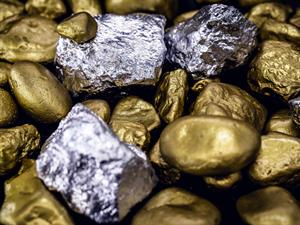
Gold and silver
Lustre:
Metals are lustrous (shining or the reflecting nature of metals) in nature. For example gold and silver.
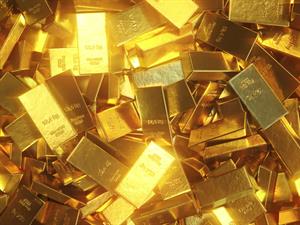
Gold
Malleability:
Metals are malleable (as they can be drawn into thin sheets) in nature.
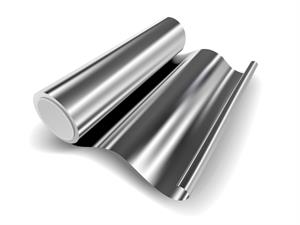
Thin sheet of metals
Ductility:
Metals are ductile (as they can be drawn into wires) in nature.

Ductility
Hardness:
All metals are hard except sodium and potassium.
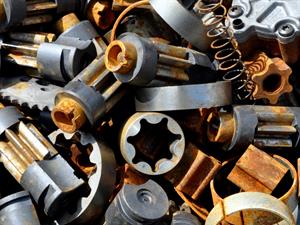
Hardness of metal
Valency:
Metals have 1 to 3 electrons in the outermost shell.
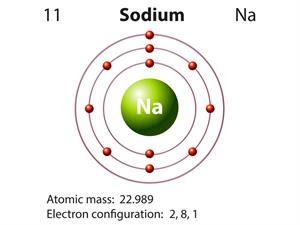
Electron configuration of sodium metals
Conduction:
Metals are good conductors of heat and electricity (they have free electrons in their outermost shell).

Conduction in metals
Density:
Metals have a high density (mass of a unit volume of a material substance).
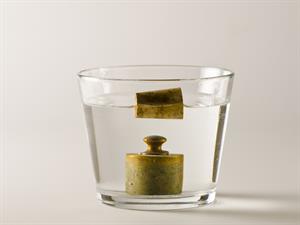
High density of metals
Sonorous:
Metals are sonorous (they produce a ringing sound when struck hard) in nature.

Metal bell
Melting and Boiling Points:
Metals have high melting and boiling points because of their strong metallic bonds, except sodium and potassium, which have low melting and boiling points.
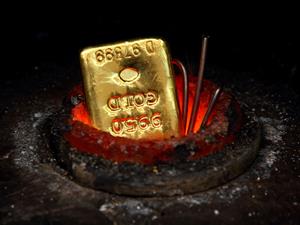
Gold on melting
The materials which generally possess the above properties are called Metals.
Example:
Iron, copper, aluminium, calcium, magnesium, gold, silver etc.